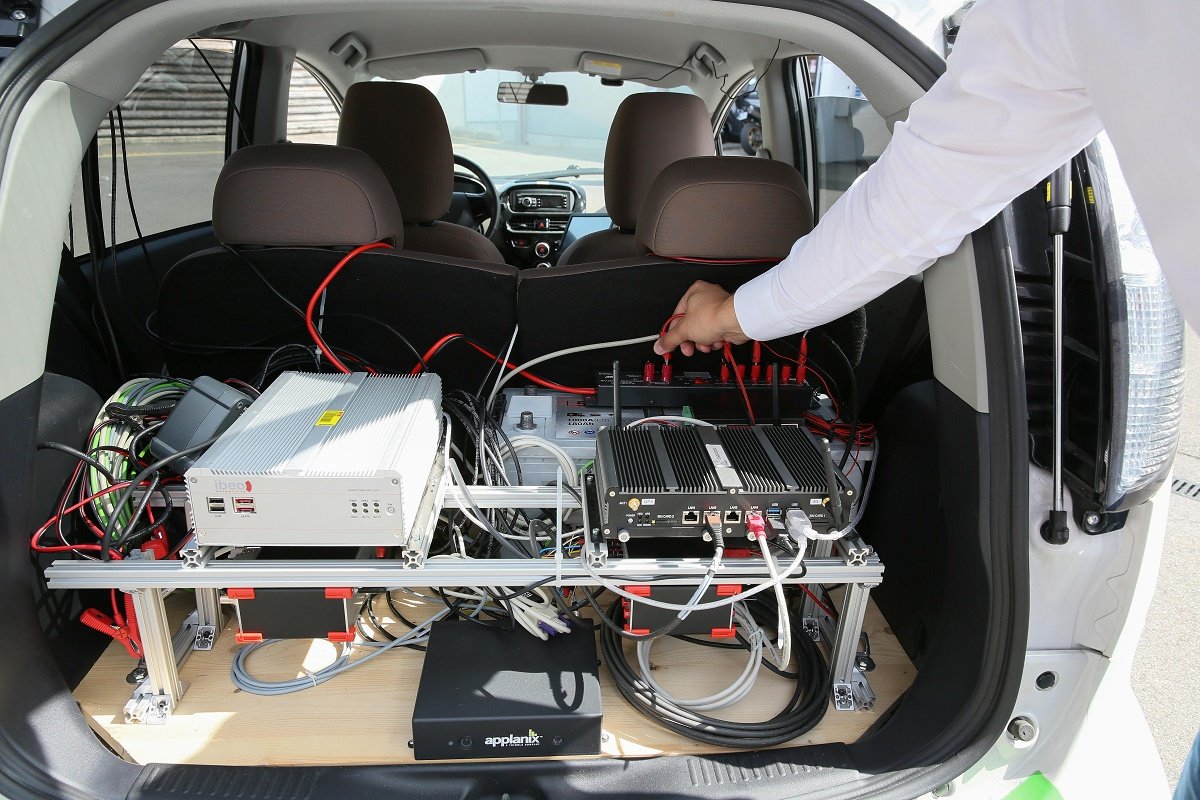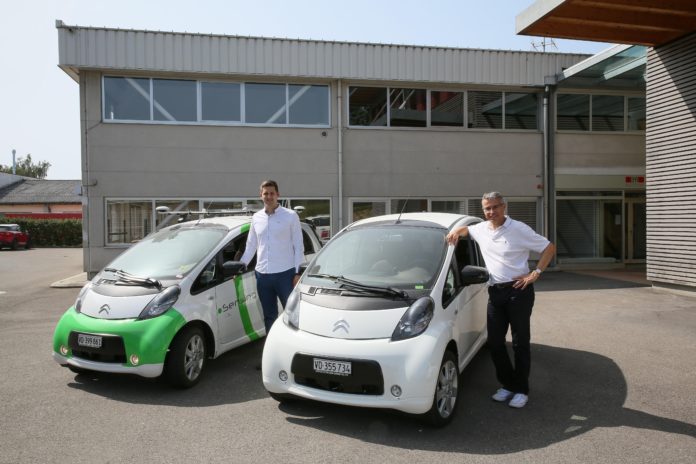Intelligent vehicles get their intelligence from cameras, Light Detection, ranging (LIDAR) sensors, navigation, and mapping systems. They can wind up noticeably more intelligent. EPFL scientists are working on intelligent vehicles with more reliability and fault tolerance.
Scientists acquired data from other vehicles. By using simulators and road tests, they also devised flexible software framework for networking intelligent vehicles so that they can interact.

Alcherio Martinoli, who heads EPFL’s Distributed Intelligent Systems and Algorithms Laboratory (DISAL) said, “Today, intelligent vehicle development is focused on two main issues– the level of autonomy and the level of cooperation. We used the cooperative perception algorithms as the basis for the software framework.”
Cooperative perception algorithms extend an intelligent vehicle’s situational awareness by fusing data from onboard sensors with data provided by cooperative vehicles.
They even identified a scenario in which one car overtakes another car on a two-lane road by using assistance system that assesses the risk of the overtaking manoeuver. The risk assessment factors in the probability of an oncoming car in the opposite lane as well as kinematic conditions such as driving speeds, the distance required to overtake and the distance to the oncoming car. Cooperative perception means that an intelligent vehicle can combine its own data with that of another vehicle– such as the one it wants to overtake, which has a wider field of view.
Scientists primarily used a simulator and tested algorithms under different circumstances with and without co-operative vehicles. They then bring their cars on the road with the help of PSA.
Martinoli said, “We choose two Citroen C-Zero electric cars featured with a Mobileye camera, an accurate localization system, a router to enable Wi-Fi communication, a computer to run the software and an external battery to power everything. These were not autonomous vehicles, but we made them intelligent using off-the-shelf equipment.”
As success does not come easily, the cars had the problem with relative localization. The autos should have been ready to know unequivocally where they are in connection to each different too to objects in the region.
Scientists solved this problem using the LIDAR sensors and cameras and adjusted their algorithms accordingly.
Milos Vasic said, “This exercise was all the more challenging as the data had to be processed in real time while the vehicles were in motion. Because of this, the project also helped improve the accuracy of localization more generally. Although the tests involved only two vehicles, the longer-term goal is to create a network between multiple vehicles as well with the roadway infrastructure.”
Other helpful systems of this sort could, in the end, be utilized to enhance a vehicle’s direction, spare vitality and enhance activity streams. The team is aware, however, that many questions – which are beyond the scope of their research, remain unanswered.
